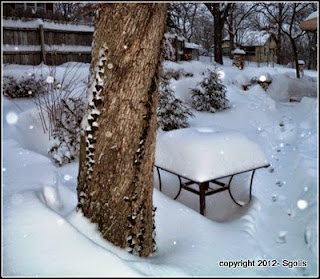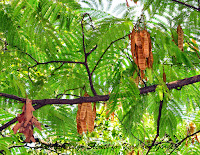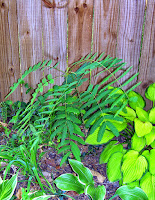Autumn is when you clean up your yard and gardens to get them ready for the winter season. There are many tasks to be completed so it is best to manage your time by making a checklist and then working in your yard and garden every day during the autumn season until the list is completed.
Before beginning any yard and garden work I find it is best to take a notepad and walk through and jot down areas of concern. Take your notes and make a checklist. The list will allow you to be efficient in your yard and garden clean-up. Organize the jobs so that they are all in one area. Then complete one task before moving on to the next. You will find that the checklist will keep you focused and you will work faster. Below is my yard and garden to-do list.
Autumn Yard and Garden Checklist
Pruning
Prune all summer-blooming shrubs to shape them. Also, prune all dead branches and remove tree branches that have died.
Check Gardens for Overcrowding
Divide perennials if there is an indication that there is overcrowding. Do this if you have one month of fair weather before a killing frost. Roots need a minimum of one month to become established.
Flower Gardens
Remove the spent blooms from black-eyed Susan’s, and purple coneflowers if the days stay warm they may have new growth. If it is late in the season, leave the spent blooms as they will provide food for birds throughout the winter season.
Cut down all flowers that have died back and are not eye appealing.
Weed the garden beds in autumn. Weeding will prevent weeds from growing in early spring.
Water gardens if the fall season is dry. Stop watering when there is a hard freeze. Remove the hose from the faucet and put it away for winter storage.
Watch for garden pests; slugs and powdery mildew. When the temperature tips bellow an average of 85 F zinnias and bee balm are susceptible also watch for webworms.
Containers
Rejuvenate container gardens by planting cold hardy pansies, chrysanthemums, and Vinca minor or ivy to trail down the sides.
Harvesting
Harvest any remaining crop; tomatoes, corn, lettuce or herbs. If you enjoy cooking or healing with herbs then transplant the herbs into containers and move them indoors. Grow them on a sunny southern exposed window and enjoy the herbs during the winter season.
Manicure Lawn
Lawn Repair
If your yard is in need of repair September is the best time to use a tiller to ready the soil. Work organic matter into the soil before planting grass seed. For spot seeding, it is best to remove the dead grass and then till or use the spade to loosen up the soil. Mix organic matter into the soil and then spread the seeds. Cover the seeds with a thin layer of compost and top with a layer of dried grass clippings or straw. Water the newly planted grass seeds and keep the seeds evenly until the blade of grass in healthy and strong.
Leaf Removal
Rake the leaves from your yard. Recycle the leaves by adding to your compost or putting them in a leaf shredder. Make fine mulch. Use this mulch for gardens and for your shrubs.
Plant Spring Bulbs
When the average temperature is 60 degrees you would plant spring bulbs; tulips, daffodils, anemones, and hyacinths.
Trees and Shrubs
Autumn is a good time to plant trees or shrubs. If you intend on transplanting a tree or shrub or planting a new one make sure to plant them a month before a hard frost.
Mulch
Apply a thin layer of mulch on the garden bed, around the remaining flowers and flowering bushes. After the ground freezes add a thicker layer of mulch.





